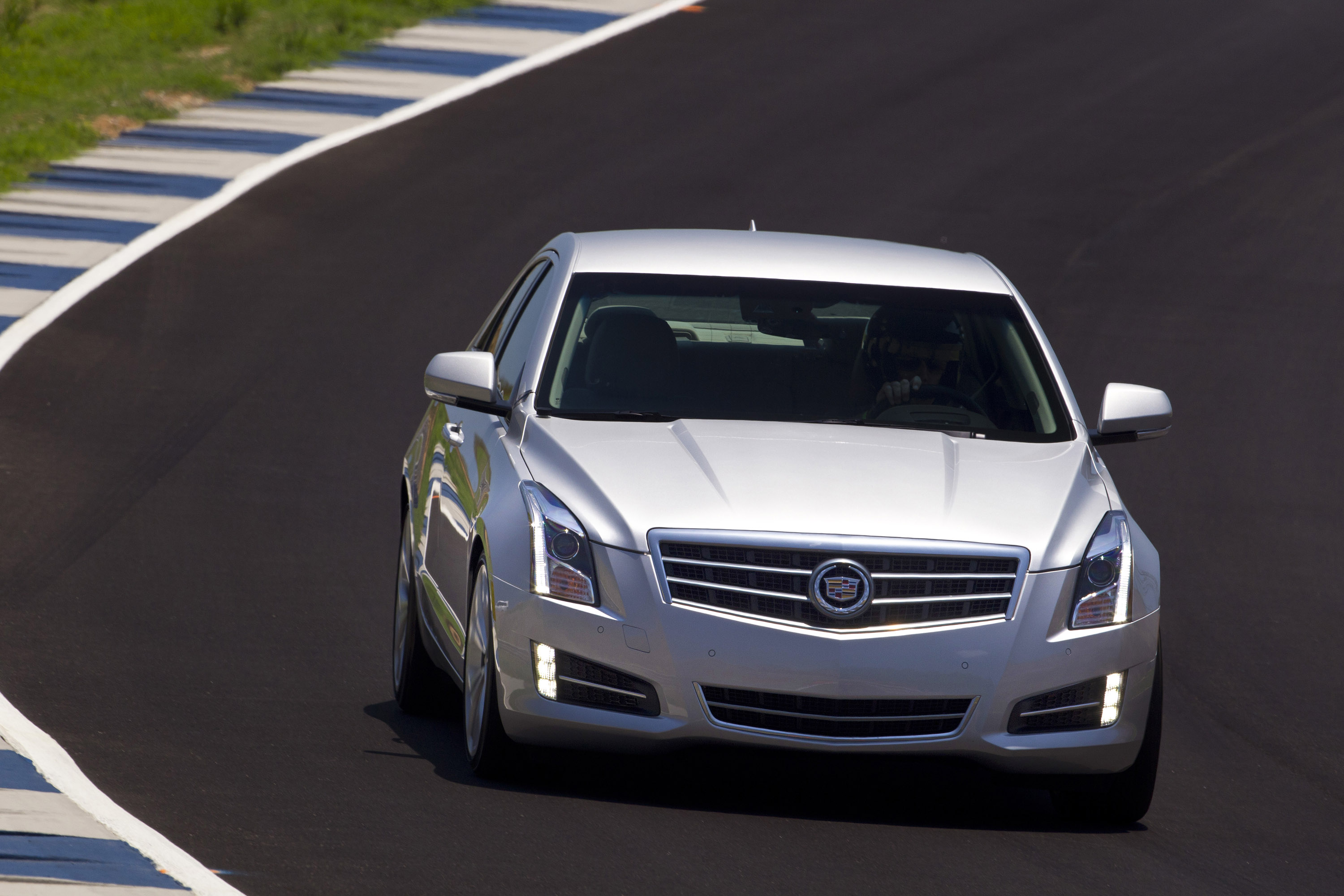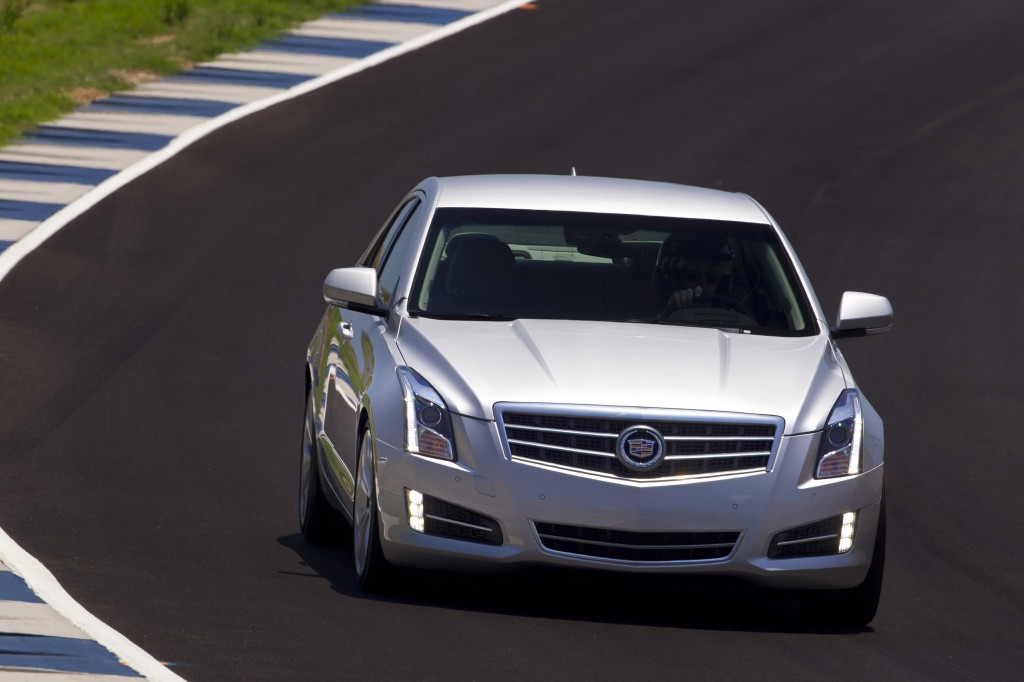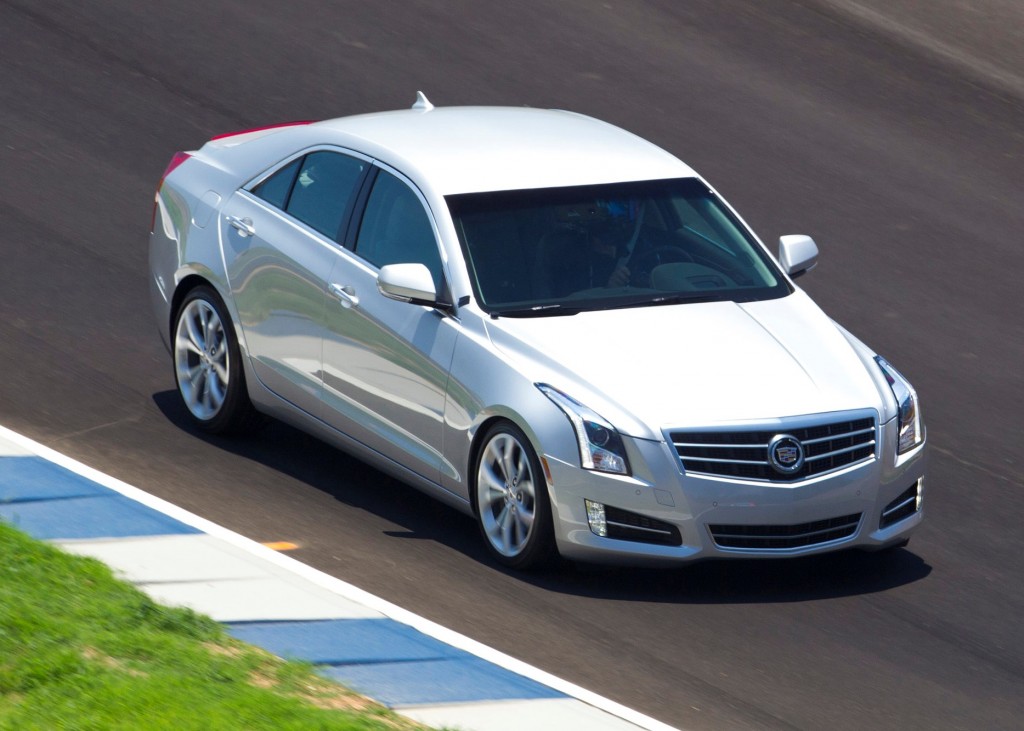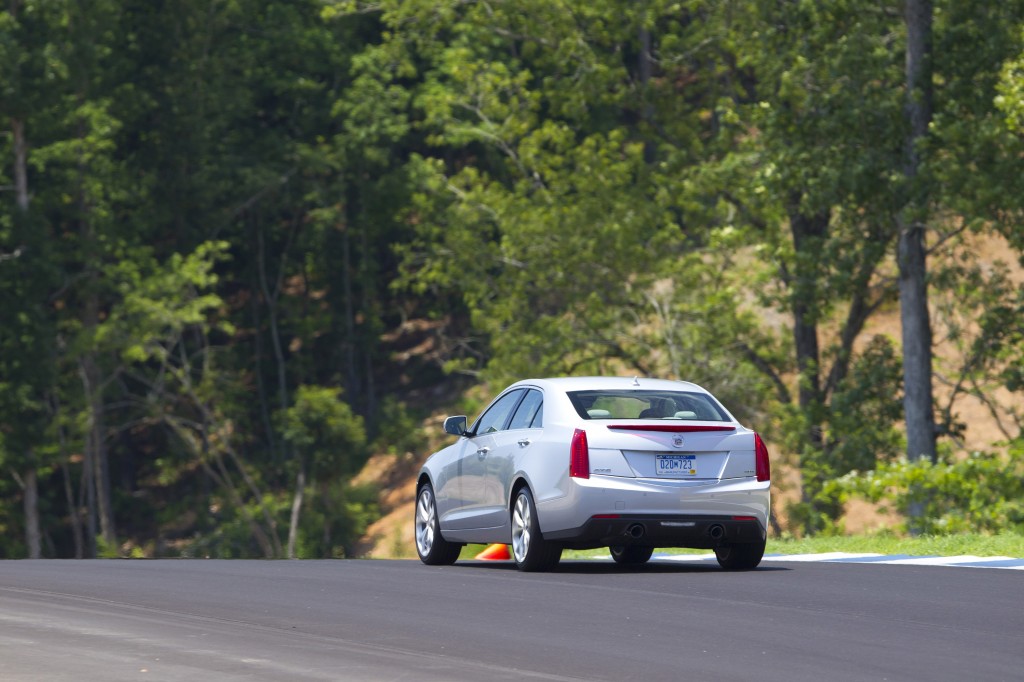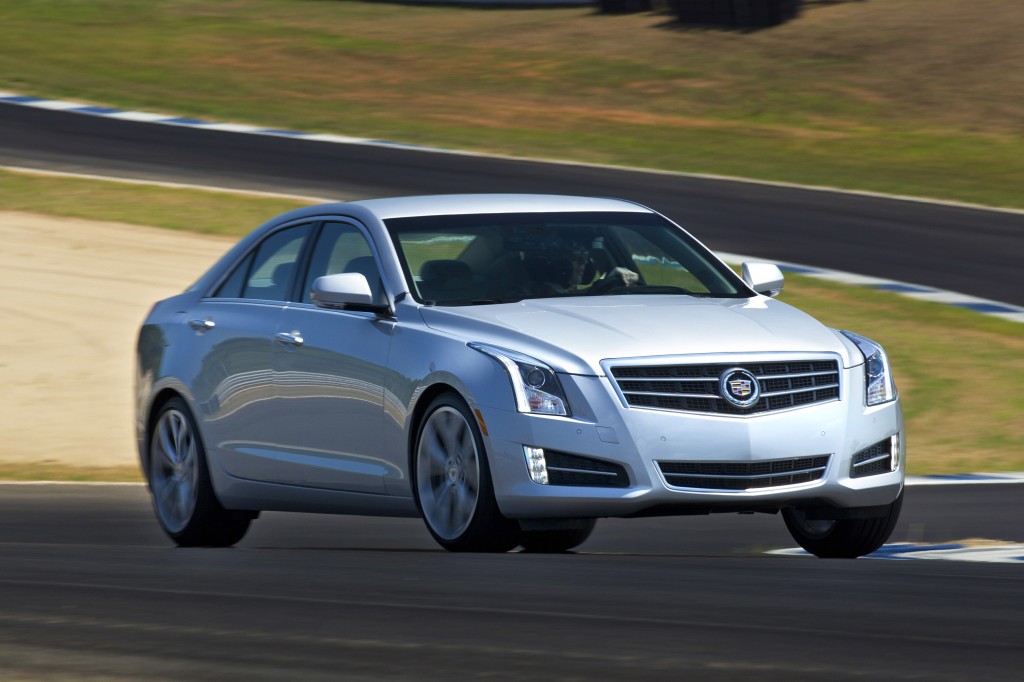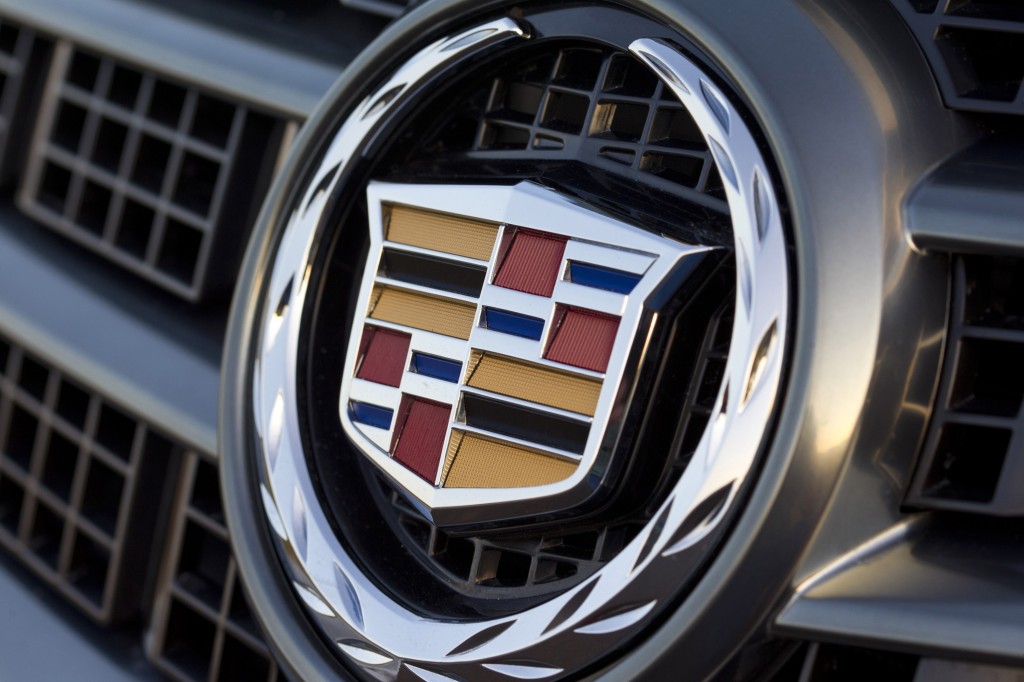A lot of people are labeling the new Cadillac ATS as a “BMW 3 Series fighter” which I was not at all convinced about, so it was time to get into one for a week and see what the all new semi-compact Caddy is all about.
The BMW 3 Series is of course an icon, and a huge target for any carmaker to take aim at. This “fighter nickname” isn’t Cadillac’s claim, just a label that’s been circulating in the popular and enthusiast medias. I’m not buying the connection, which doesn’t demean the ATS in any way, but I think it’s a very different animal than a 3 Series, in ways that many will understand, and in others that the average driver and carbuyer may never notice. The Cadillac is based on a new GM chassis architecture called Alpha, which is primarily conceived for front-, and some all-wheel drive models. The 3 series is a decidedly rear wheel drive-biased car; there are all-wheel drive versions of it, but its basic ethos are that of a rear-driver. The Caddy is (so far) served up in but a single bodystyle, that being a handsome and otherwise conventional four-door sedan, riding atop a 109.3” wheelbase. BMW will sell you a 3 Series sedan, 2-door coupe, retractable hardtop convertible coupe, or a stationwagon. Not to mention the uber high performance V-8 engined M3 model. The ATS can be had with a small variety of powertrains, including a 202-horsepower, naturally-aspirated inline 2.5-liter four cylinder engine, a 2.0-liter turbo four shared with many other GM models, plus a 3.6-liter V-6. All with front wheel drive. The 3 Series offers much more powertrain variety, including the M3’s V-8, plus a diesel.
My tester is an ATS 2.5L Collection model with about every bell, whistle and toy available. This car based for $37,900 + $895.00 mandatory Destination fee, and came highly equipped for that. The only options on this car were the Cadillac User Experience (CUE) navigation, upgraded audio and user interface system, plus polished 18” alloy wheels, a Cold Weather Package, and White Diamond Tricoat paint, bringing the bottom line to $42,225. The EPA ratings on this 2.5-liter four are 22/33 with a combined estimate of 26 MPG, which is about what I got in my week a 400-plus miles with the car.
This is a handsome car. Cadillac’s edgy and at times controversial “New Edge” design language introduced a decade ago has softened and matured quite a bit over the years, and the ATS looks great; you’d never mistake it for anything but a Cadillac, and its wears well on this size of car. The surface detailing (chrome, badges, lights, bodylines, etc.) is excellent.
I will admit to having some initial concerns about this engine in this car: What – a four banger in a Caddy? Remember this is the company that used to build cars powered by V-16s, and has long been known for great V-8s such as the new, world-beating overhead valve V-8 that made the 1949 models so great and special. For a while there was a 500 cubic-inch toquemonster, plus some pretty excellent Northstar V8s along the way. This “corporate” GM four-cylinder engine comes mated with a 6-speed automatic transaxle with a manual shift mode should you wish to better control gear ratio selections. Several road testers out there put 0-60 mph times in the mid-seven second range, plenty quick enough for a good-sized luxury sedan with 202 horses. My biggest issue with this powertrain, other than perhaps my own preconceived notions about the idea of a four in a Cadillac, is the sound of it. Ask most people to define the sound of a Cadillac, and I’ll bet they’d describe a deep rumble of some sort, not this car’s somewhat nasal, four-banger rental car snort. It’s not intrusive in anyway, and the engine is pretty smooth, but the metallic fizz coming out of the single exhaust tip just isn’t what I associate with a forty grand plus luxury car, especially a Caddy. Maybe that’s just my own thing.
On the move, this car does most everything you’d ask of it. It rides well, it’s quiet, and It’s comfy with an overall firm and sporty feel that maybe does nip a bit at BMW’s heels. The steering is very sharp and responsive, no doubt aided by the low profile 18-inch rolling stock. The interior is handsome and well finished using high quality materials. The ATS of course seats five, but proves a skosh tight in back for that fifth person. One of my forays included a two hour drive with three tallish women in back, and the middle, a young near-six-footer, was a little short on legroom and bumped her head on the headliner. So let’s call it adequately comfy for four, the rear middle spot best reserved for a child safety seat, or a young or pre-teen.
All in, a very nice car. You couldn’t ask for more in terms of luxury or creature features inside. I’d configure my own ATS a little differently; I’d likely pop for the V-6 engine, much more in character with this type of car, me thinks personally. Or at least the 2.0-liter turbo four, which has dual exhausts, sounds a little better to my ear, and has a ton more power. I’d also save a grand ($995) on the White Diamond Tricoat paint – a very handsome metallic white finish, but I’d pick a no-extra cost color, like black or dark gray or silver. I’ll admit that it galls me that GM will charge you more than forty grand for this car yet can’t paint it metallic white without tagging you for another grand.
In summary, I’m still grappling with the nature of a four-cylinder Cadillac (although I admit that the days of a heavy, all cast-iron 500 cubic-inch gas sucker are likely behind us), and the ATS doesn’t strike me as packing a particularly strong value message (there’s a lot here, but you pay for all of it), but it’s a nicely executed car, and I suspect they’ll sell a ton of them.

